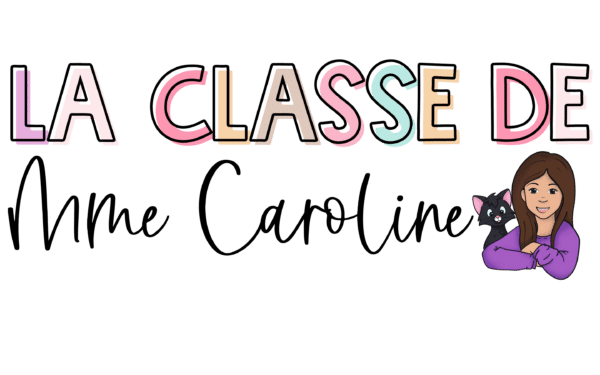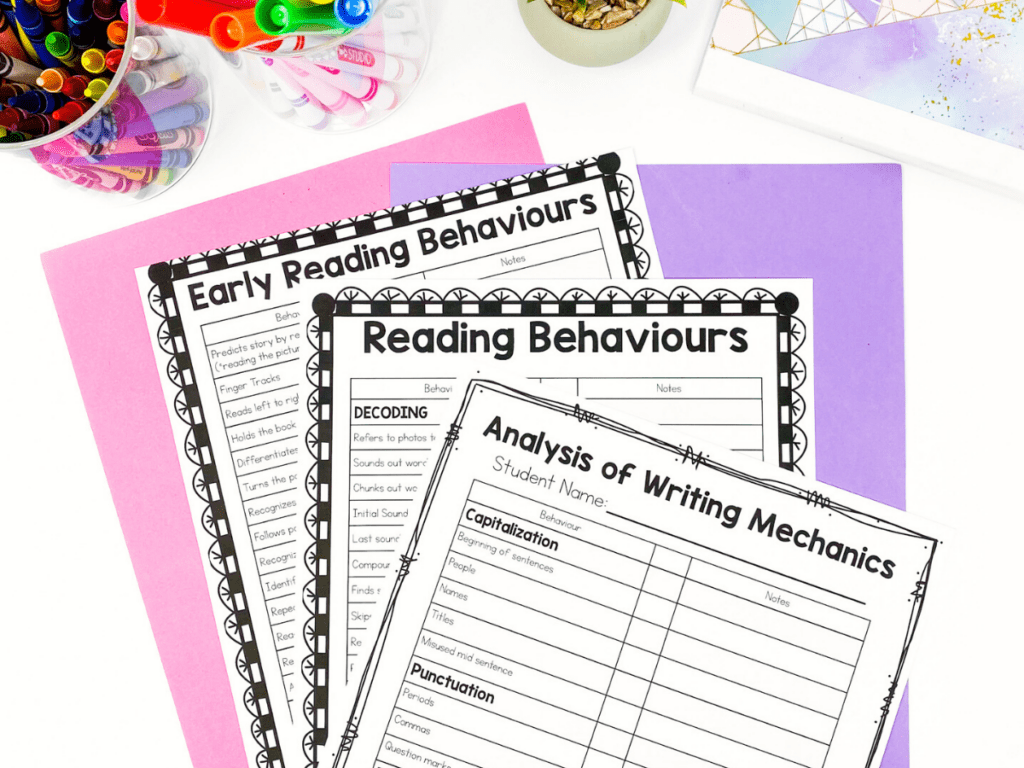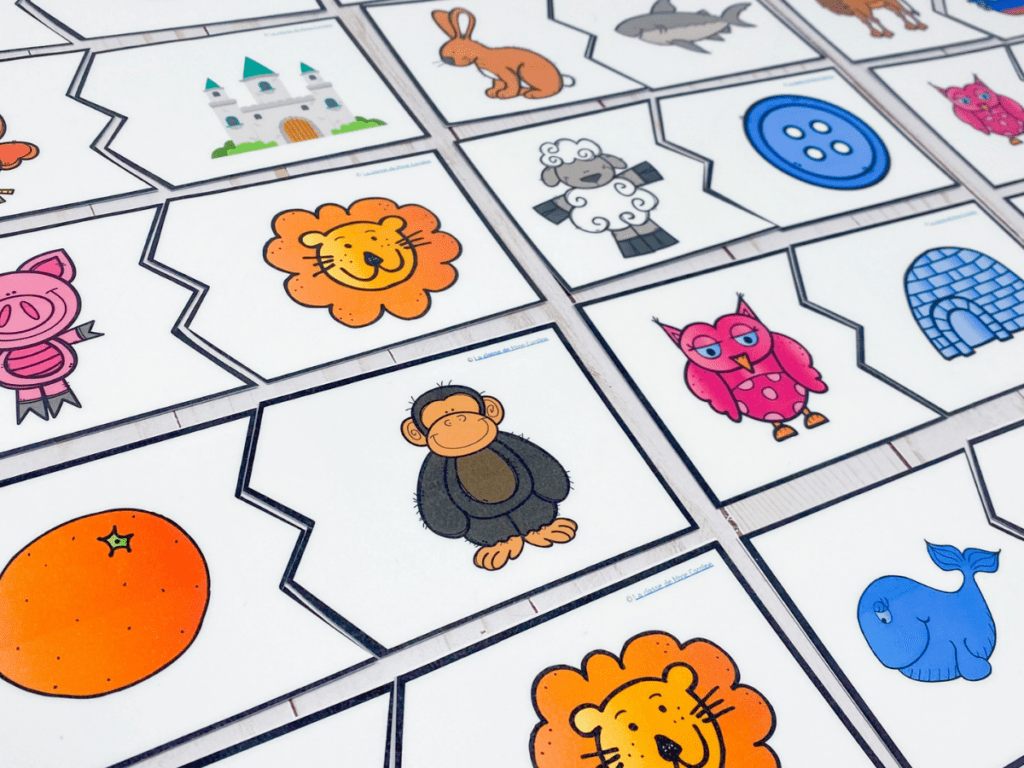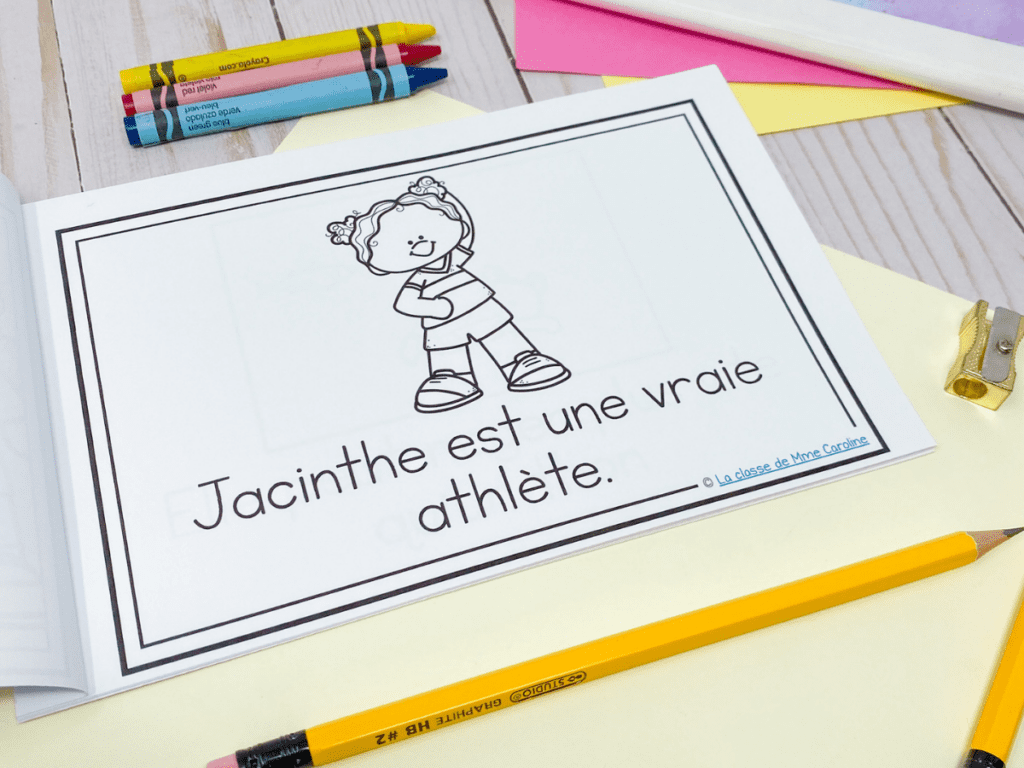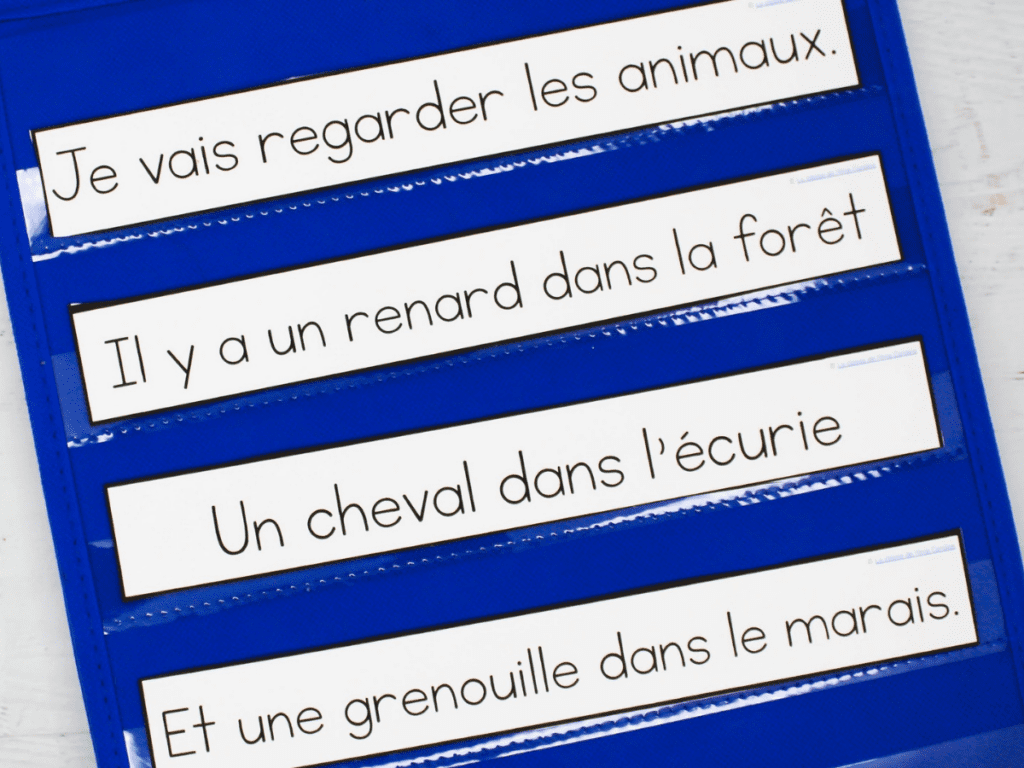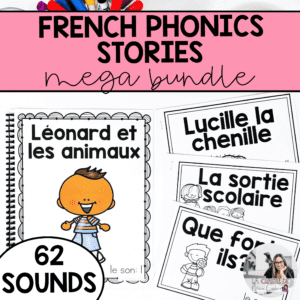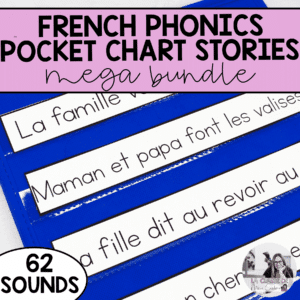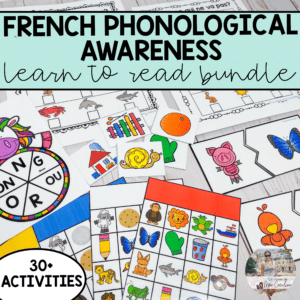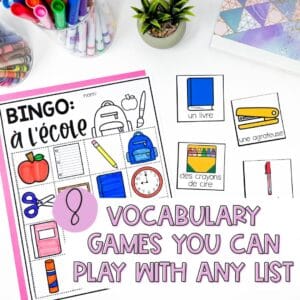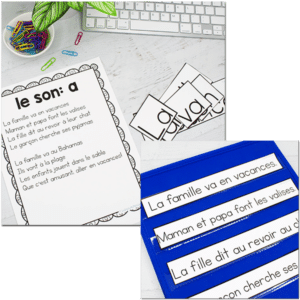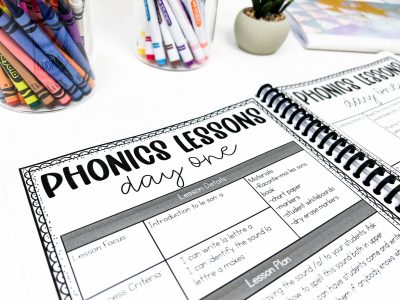If you’ve ever had questions about how to effectively teach French reading strategies, you wouldn’t be alone! As teachers, we’ve all had moments where we wondered if we were best helping our students.
In this blog, I am going to answer some of the most frequently asked questions I see about teaching reading. This is part two in a blog post series about French reading strategies. You can read part one of the series here.
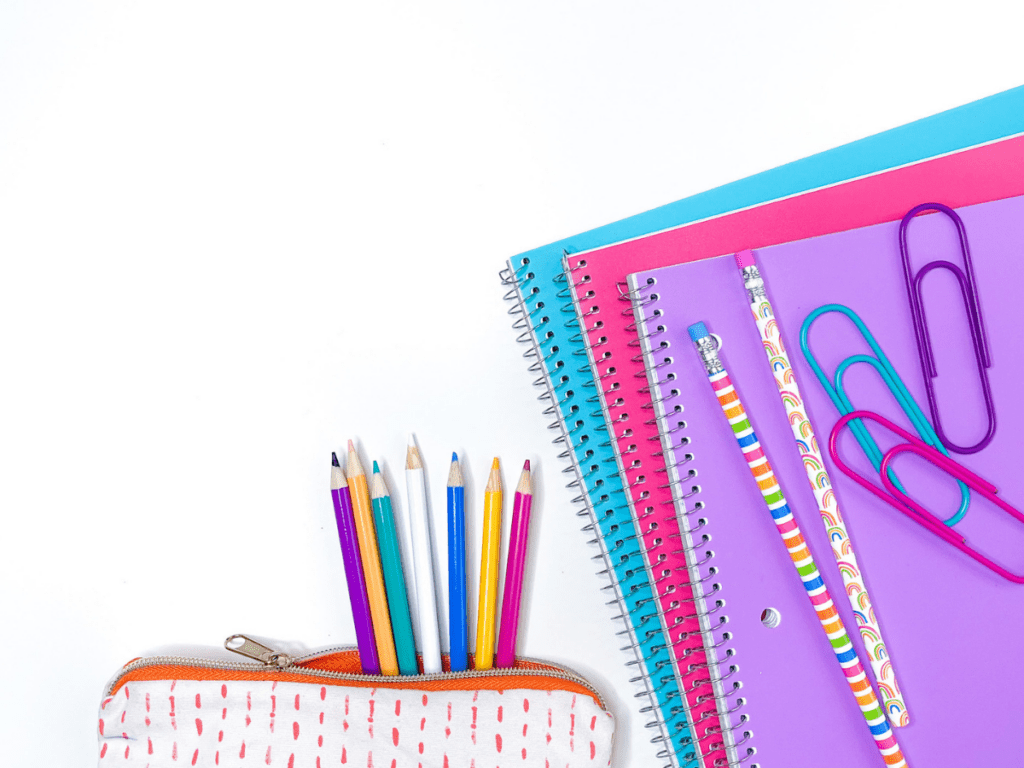
Question 1: What order should the alphabet be taught in French?
The short answer is: there is no order. You can begin teaching the French alphabet how you see fit. However, I have found that starting with vowels is best because you can then move into syllable reading. When introducing vowels, think of simple consonant-vowel sounds like la, le, li, lo, lu. Next, I like to teach some of the easier consonants. For example, long consonants like m, l, and n. Then go to the short consonants such as p and t. Leave the more challenging consonants for the end, like x.

Question 2: Do you create your own running records or use a guide each time?
When completing running records, I always use my guided reading planner to take notes. I will note what note the student is doing well with and where they are struggling. These serve as great anecdotal records of their strengths and a plan for the next steps. You can check out my guided reading planner here.
Additionally, I like to use reading records and track students’ reading levels. This helps me monitor their French reading comprehension, so I can continuously plan ways to challenge them or reteach content. I use this running record (which is a freebie!), and I use these tracking sheets with students for tracking data and reading behaviours. All of these tracking sheets go into a binder, so I can access my students’ information easily. You can read more about my assessment binder and how to set it up here!
Question 3: What order do I teach French phonological awareness skills?
When working with beginner students, how you build French reading strategies is essential to them grasping the language. You want to start at the very basics with identification. Help students identify between words, letters, and sounds. Then, explicitly teach letter sounds to students. Have students practice listening and modeling these sounds. Next, students can begin to learn syllables and rhyming. Lastly, they can master beginning sounds, ending sounds, and phonemes.
I have an entire French phonological awareness bundle that has ready-to-go activities for seven different skills. Over 250 pages of materials and activities! You can simply print and begin working with students. It even comes with small assessments to check your students mastery of the skills. Grab the resource here.
Question 4: What is a tech free way to engage parents in their child’s reading progress?
Technology free communication can be easy with the right tools in place. Each week, I would encourage you to send him some type of reading practice for students to do that doesn’t involve the use of technology. Allow this to be a material that can remain at home, so parents have access to reading materials they can use again and again. Personally, I send home these phonics mini-books with students. They are easy to prepare and fun to read! These books are also great for emergent readers.
Question 5: What do you use for shared and independent reading?
For shared reading, I use my phonics based pocket chart stories. You can check those out here. I also have a blog about shared reading, which you can view here.
For independent reading, I have my own books that I’ve purchased. My school also provided levelled readers. I bought most of my books second hand by visiting Value Village in Quebec and from Scholastic using points.
Want to check out the resources listed?
All the links above lead to TPT, but the resources are also available on our website. Here are the resources available here for purchase in CAD. Don’t forget you can also buy credits for an additional discount (up to $15 off).
-
Sale Product on sale
 French Phonics Mini Books | Learn to Read in French | Mega Bundle (62 Sounds)
French Phonics Mini Books | Learn to Read in French | Mega Bundle (62 Sounds)$ 200.00Original price was: $ 200.00.$ 140.00Current price is: $ 140.00. -
Sale Product on sale
 French Phonics Pocket Chart Stories | Mes histoires des sons | MEGA BUNDLE
French Phonics Pocket Chart Stories | Mes histoires des sons | MEGA BUNDLE$ 80.00Original price was: $ 80.00.$ 40.00Current price is: $ 40.00. -
Sale Product on sale
 French Learn to Read Bundle | French Phonological Awareness Kit
French Learn to Read Bundle | French Phonological Awareness Kit$ 42.00Original price was: $ 42.00.$ 33.50Current price is: $ 33.50.

